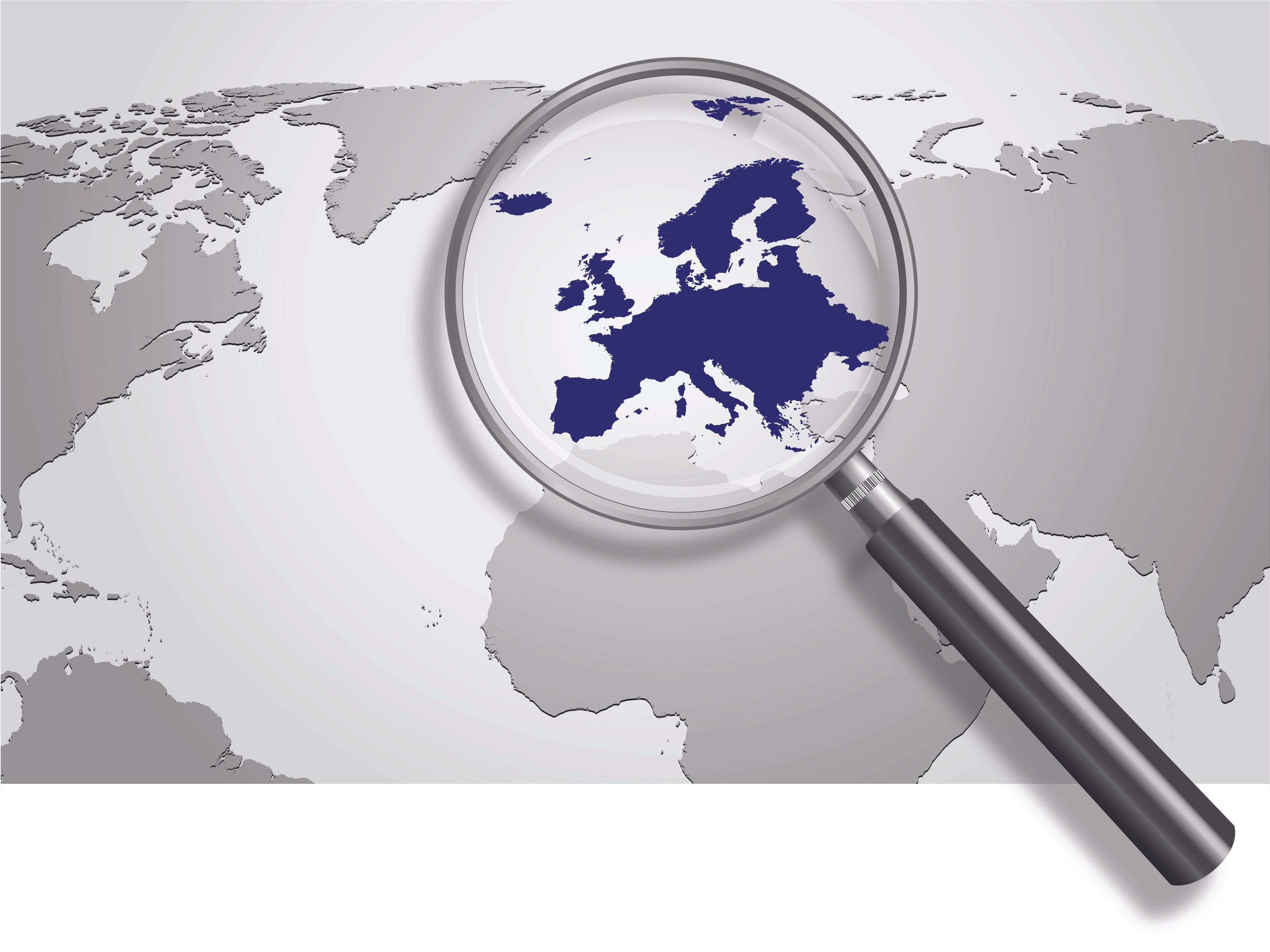Article
test
Today’s pharmaceutical and biopharmaceutical industries use various methods to clean process equipment. Cleaning devices range from manual wipes and brushes to sprayers, baths, and washers. Cleaning methods differ mainly in the mechanical action applied on the surfaces and the degree of personnel involvement. Even though international regulatory agencies accept these validated cleaning methods, many companies are switching from their existing cleaning processes to clean-in-place (CIP) systems. The main reasons for this conversion are that CIP systems are more effective, consistent, and reliable than traditional cleaning methods (1).
The food industry has used CIP systems for decades. Their effectiveness in this industrial application had been proven long before they were introduced to pharmaceutical companies (2). The systems achieve consistent cleaning results because they minimize operator intervention, thus reducing the likelihood of human error, and enable consistent control of critical parameters. CIP systems have become standard, particularly for facilities regulated by good manufacturing practice (GMP).
The principal objective of a CIP system is to achieve the desired cleanliness without disassembling the process equipment. Generally, CIP cleaning is performed by circulating cleaning solutions through pipes, pumps, valves, and spray devices that distribute the cleaner over the surface areas of the equipment. The cleaning process may include steps such as preparing cleaning solution to a pre-established concentration, heating the cleaning solution, circulating wash and rinse solutions over all equipment surfaces, and drying as needed.
A CIP system includes equipment and various components. These systems can be fully or semiautomated for minimal operator intervention. They can be fixed installations or portable systems that clean several pieces of equipment in the same manufacturing train. Figure 1 shows a fixed CIP skid unit connected to manufacturing equipment. CIP systems can also be designed and integrated into the equipment itself. Figure 2 illustrates a large vessel with the necessary components to perform cleaning without a separate CIP unit. All cleaning steps, particularly cleaning-solution preparation and heating, are performed in the same process vessel. Part II of this article will describe CIP systems in greater detail.
Figure 1: Simplified scheme of a clean-in-place skid connected to a manufacturing vessel. Image is courtesy of the author.
Newsletter
Get the essential updates shaping the future of pharma manufacturing and compliance—subscribe today to Pharmaceutical Technology and never miss a breakthrough.




